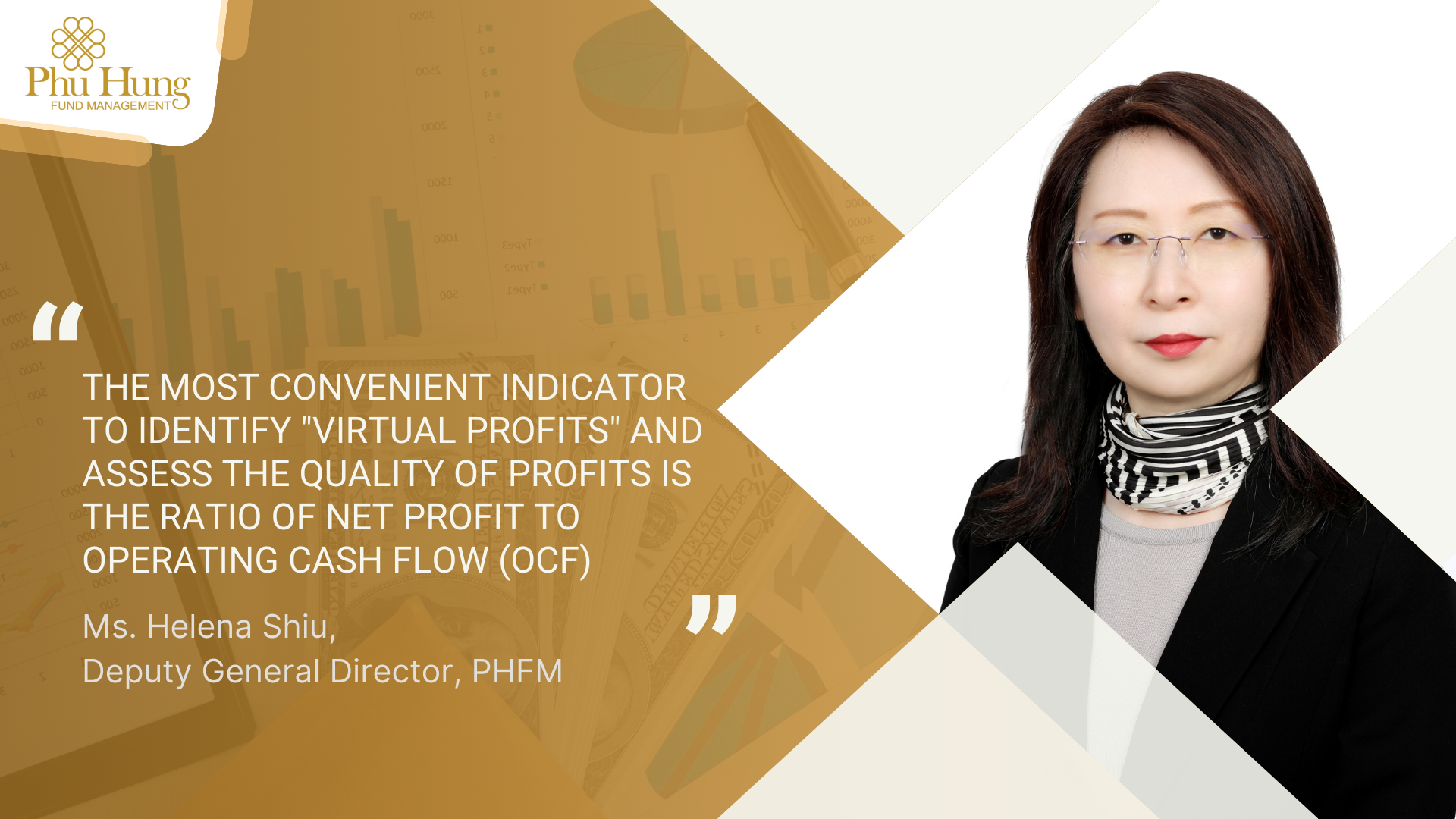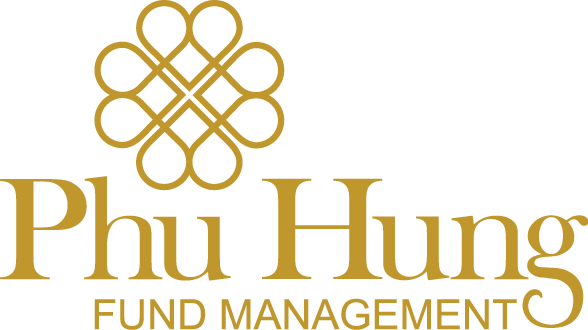
In fact, in financial analysis, the net profit/OCF ratio reflects how much accounting profit is supported by real cash flow.
In the financial reporting season of the second quarter of 2025, many businesses announced a soaring profit, even many times higher than the same period last year. Some reflect the sustainable growth of the business, coming from its core business, supported by favorable market conditions, appropriate operating strategies and an improved business environment.
However, besides these bright spots, there are still many businesses that continuously report soaring accounting profits but in fact struggle with cash flow and almost forget about shareholders’ dividend rights. What are the indicators that show the clearest signs of “virtual profit” and help assess the quality of profits of businesses?
Responding to investors, Ms. Helena Shiu, Deputy General Director, Phu Hung Fund Management Company (PHFM) said that when businesses announce high accounting profits but negative cash flow, it is often a signal of “virtual profits”, that is, the profits on the report are not backed by actual cash and are difficult to sustain.
“However, we do not consider the payment of cash dividends as the most important measure to assess the value of a business. As long as businesses use money effectively, shareholder benefits can still be increased,” said Ms. Helena Shiu.
According to PHFM’s experts, the most convenient indicator to identify “virtual profits” and assess the quality of profits is the ratio of net profit to operating cash flow (OCF). Good quality profits are often accompanied by strong cash flow. When the net profit is significantly positive but the OCF is negative or much lower, it is an important warning sign. This shows that profits are mainly based on accruals rather than real cash flows, implying the possibility of recognizing revenue early or delaying expenses.
“When comparing OCF with net profit, it is also necessary to consider the development stage of the business. Negative OCF at the startup stage may be normal, but the large and persistent disparity in mature businesses needs further research,” Ms. Helena Shiu shared.
According to PHFM’s experts, the net profit/OCF ratio is only an initial screening and to make an objective conclusion about the quality of profits, it is necessary to conduct an in-depth analysis of financial statements.
In fact, in financial analysis, the net profit/OCF ratio reflects how much accounting profit is supported by real cash flow. If this rate is unusually high, for example, >1 for many years, it means that profits mainly come from accounting entries and are not backed by real cash flow.
According to the Deputy General Director of PHFM, there are 3 principles that investors can refer to when evaluating the quality of corporate profits.
The first is the proportion of profits coming from real cash flow or accumulated amounts. The profitability of the business is well appreciated when it is supported by real cash flow from business activities. Conversely, if most of the profits come from accruals, then most of the profits are only good on the books and have little real value.
The second is the sustainability of profits. Investors should consider sudden profit growth coming from unusual, time-sensitive and hard-to-repeat revenues, or from the company’s core business.
The third is whether the profit exceeds the cost of capital. This principle is often overlooked, but it is also one of the indicators to help investors assess the quality of corporate profits. Specifically, if a business reports sustainable profits, but this profit is lower than the cost of capital, it means that the business is depleting shareholder value.
“In addition to quantitative analysis, investors also need to pay attention to qualitative indicators such as businesses regularly replacing audits; limited level of information disclosure; and weak corporate governance. If one of these three signs appears, the quality of profits is likely to be low,” Ms. Helena Shiu added.
Source: NCDT
